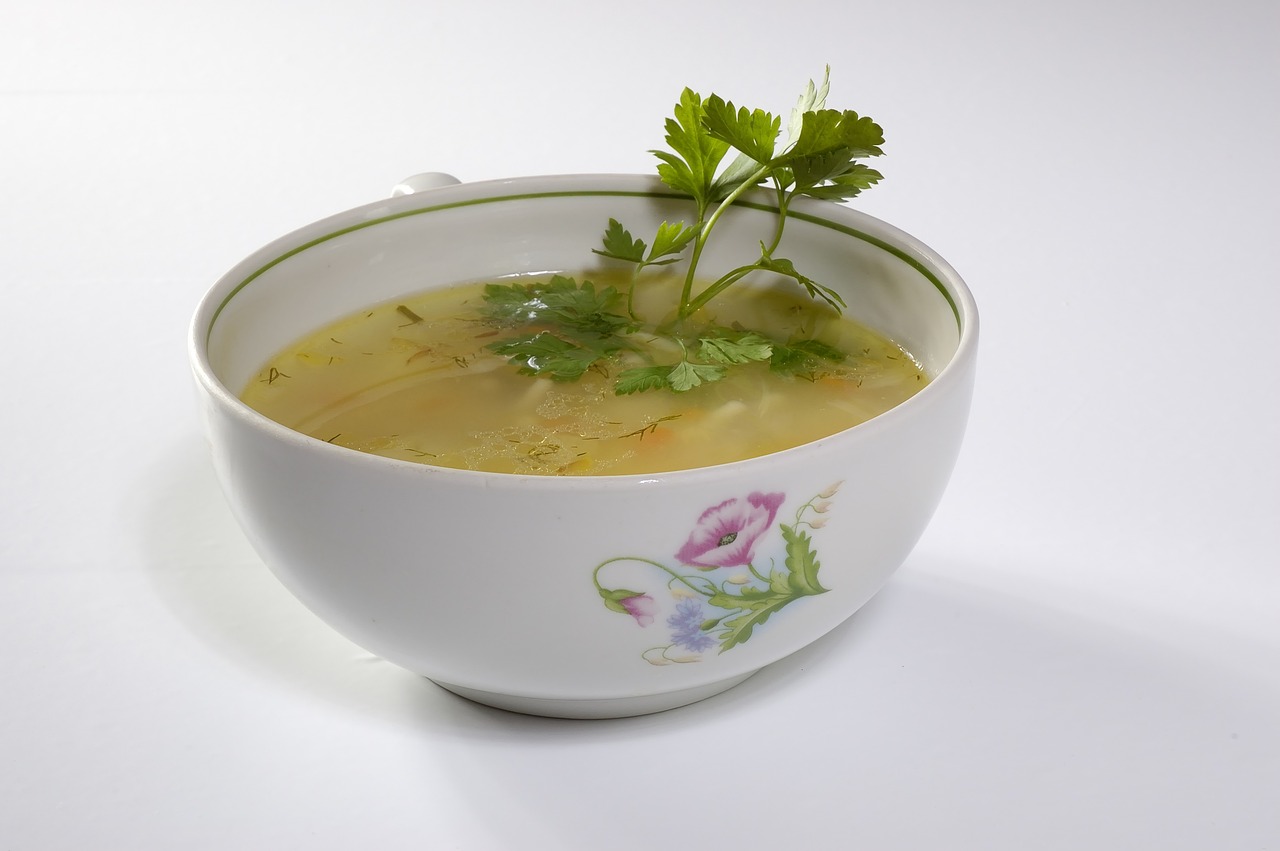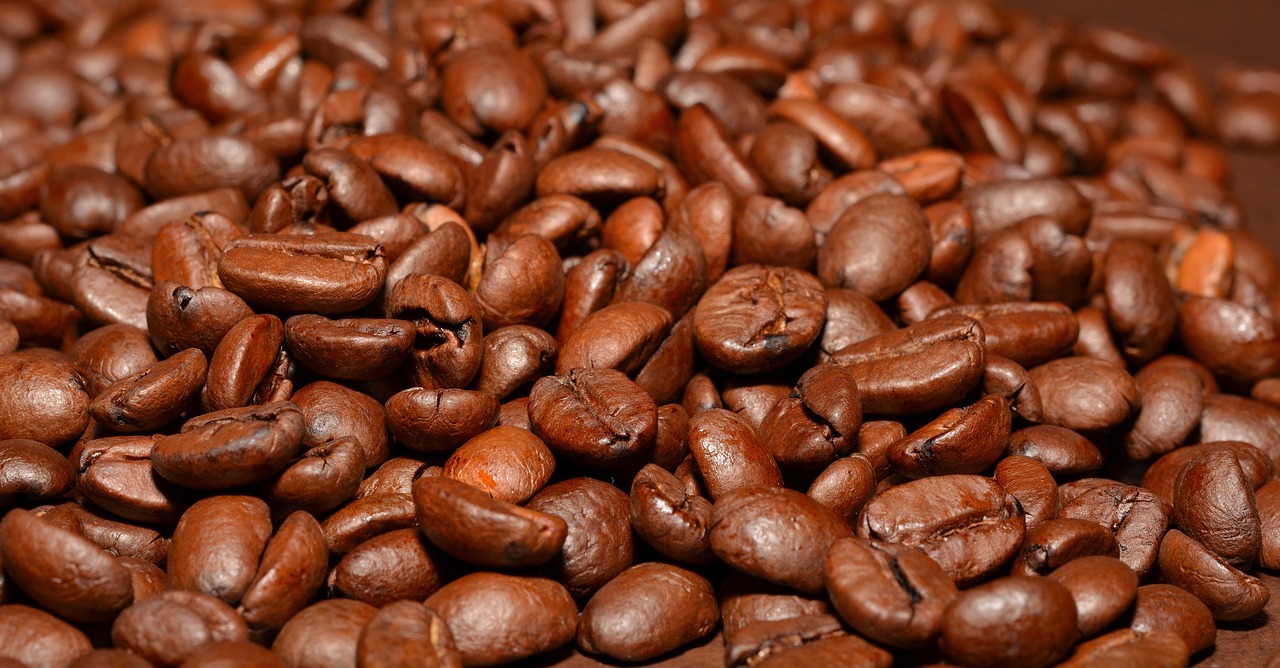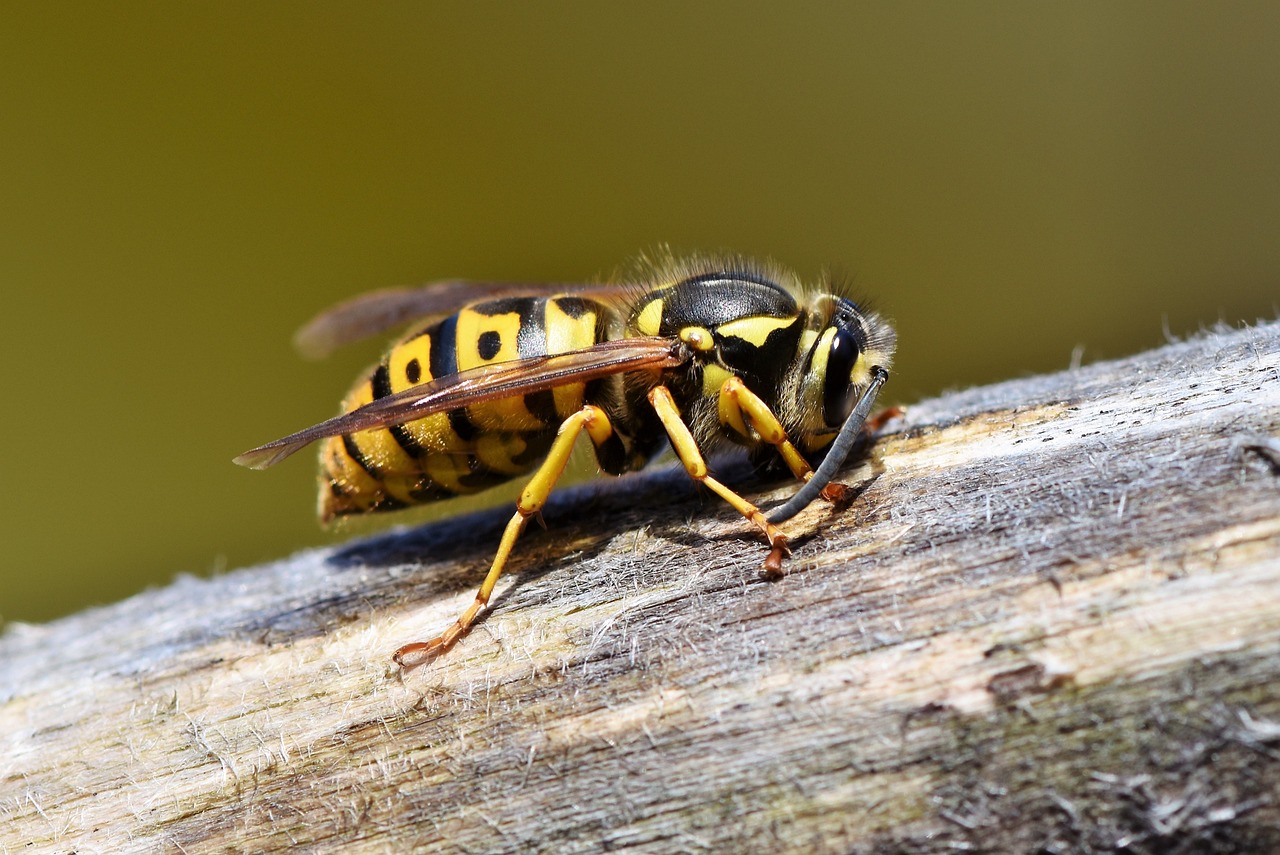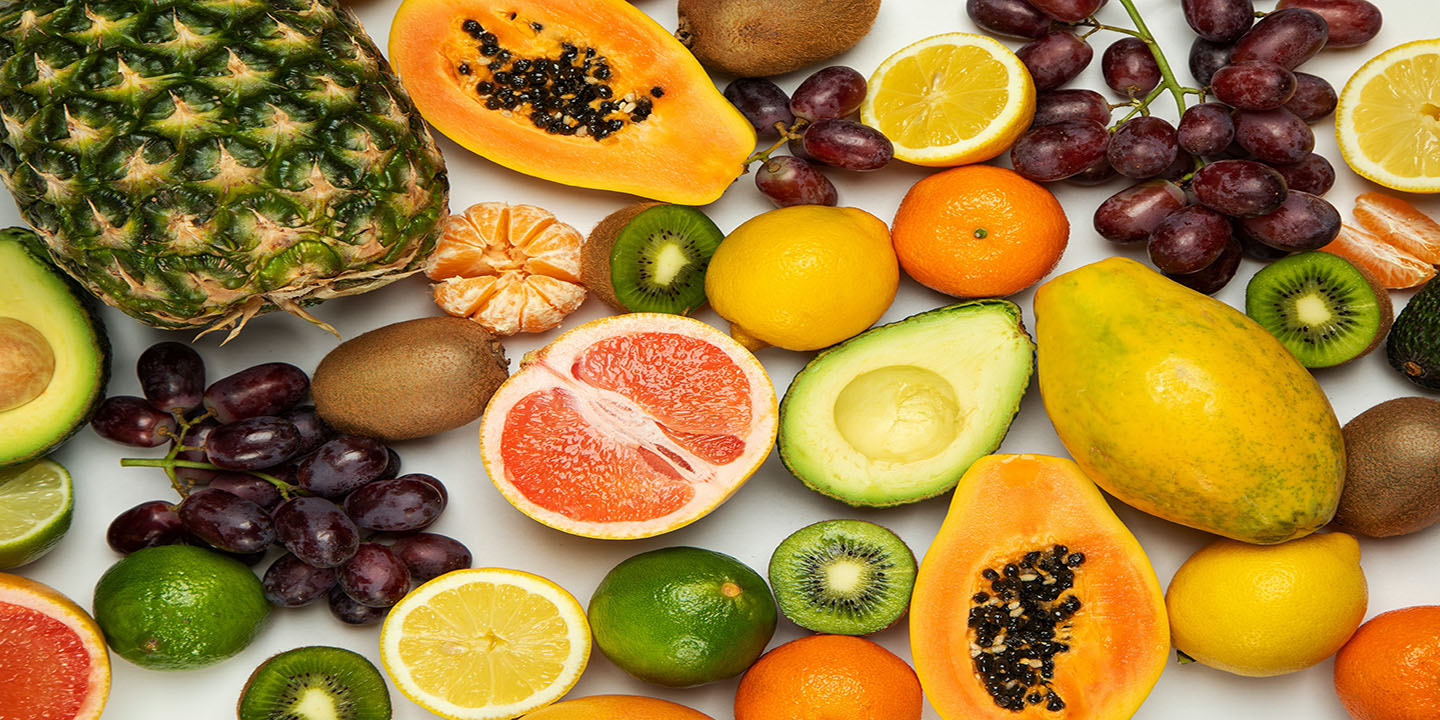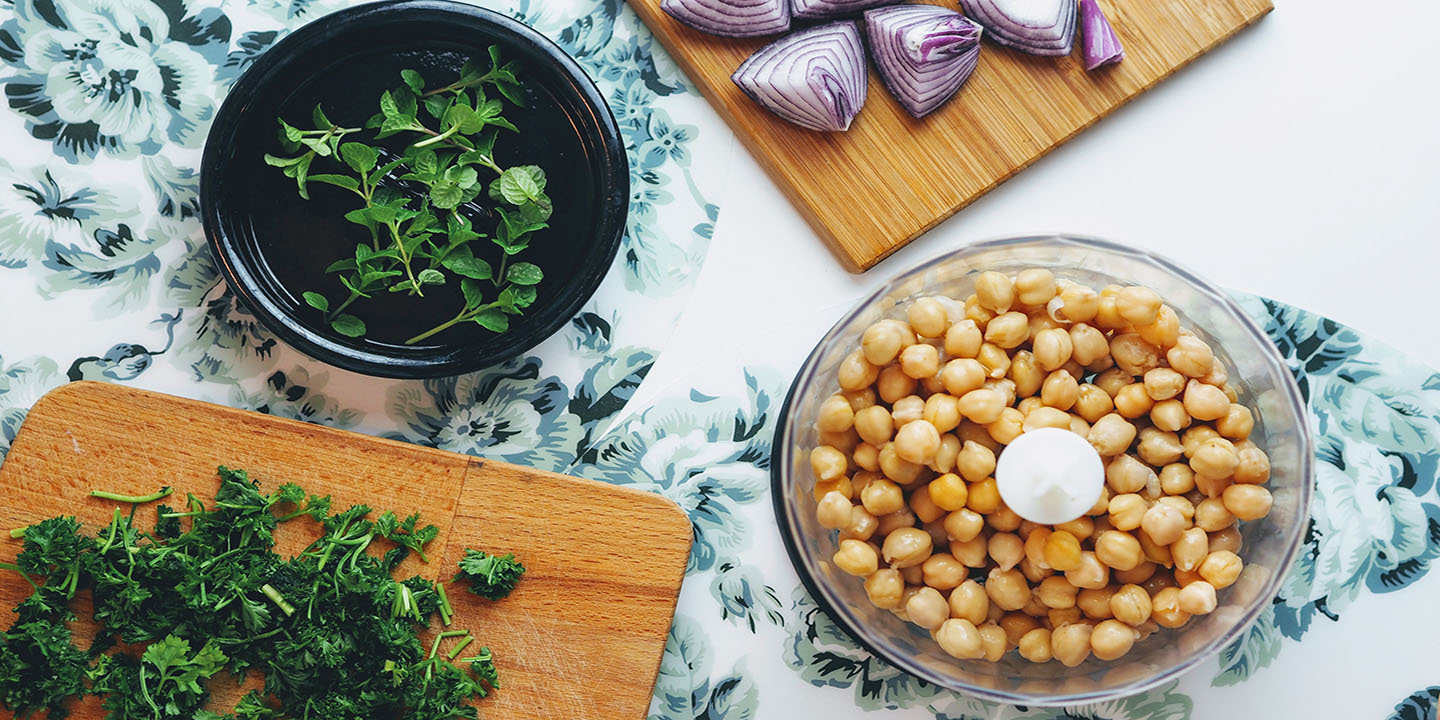Boiled, Fried, or Fermented? You Need To Try These Weird Dishes At Least Once
From the bizarre to the downright surprising, the world is full of weird and wonderful dishes that are waiting to be tried. Whether you're a daring foodie or just looking to spice up your dining experiences, these 25 dishes will take your palate on a journey it'll never forget.
1. Hákarl (Iceland)
Imagine biting into something that’s been buried underground for months – welcome to the world of Hákarl! This Icelandic delicacy is a fermented shark, known for its strong ammonia scent. It's often washed down with a shot of Brennivin, a local spirit, to ease the intense flavours. Anthony Bourdain called it "the single worst, most disgusting and terrible tasting thing" he had ever eaten, but hey, don’t let that stop you!
 Image by Christel SAGNIEZ from Pixabay
Image by Christel SAGNIEZ from Pixabay
2. Casu Marzu (Italy)
Casu Marzu is a Sardinian cheese that’s literally alive with tiny insects. The cheese is left outside to allow cheese flies to lay eggs inside, and the larvae help ferment the cheese, giving it a soft texture. It's eaten when the maggots are still wiggling, adding an extra wriggle to your bite. Not for the faint of heart!
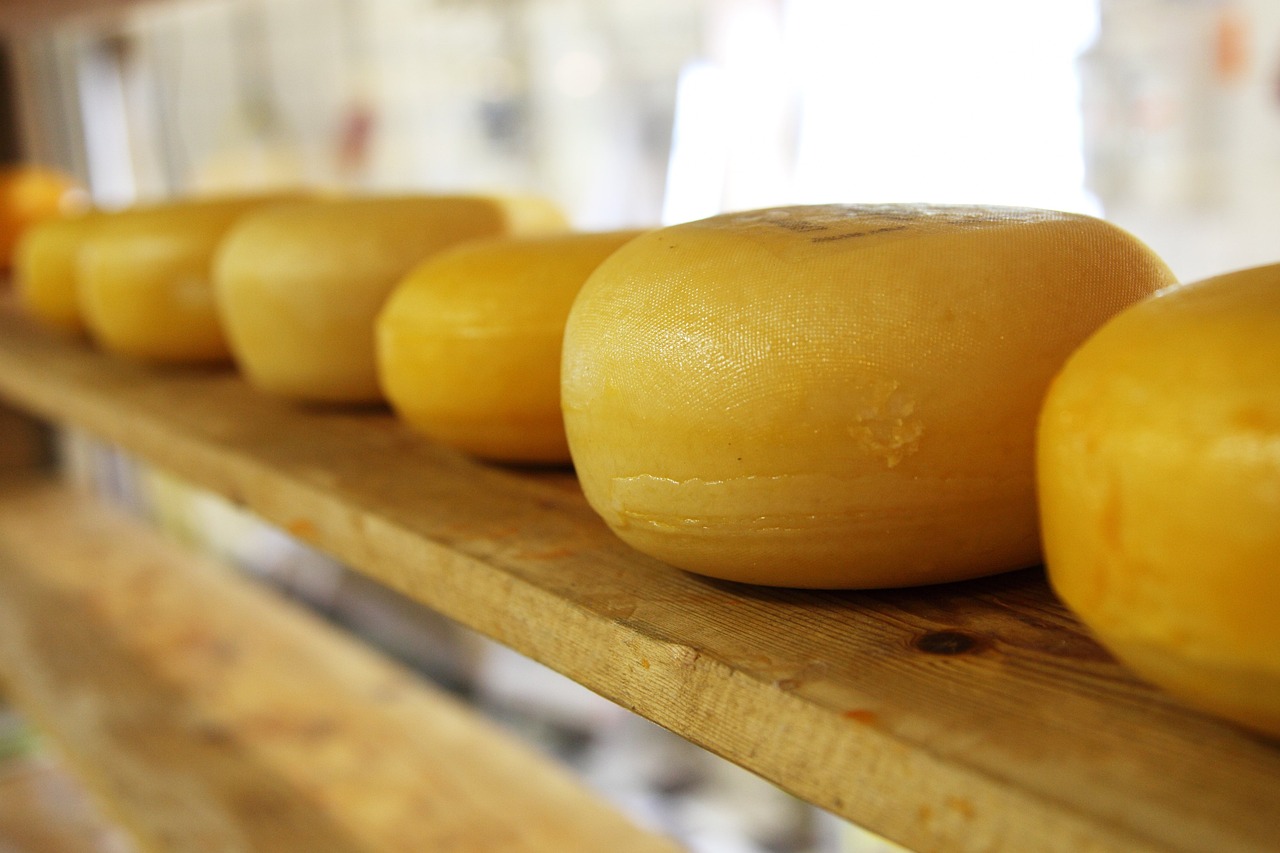 Image by PublicDomainPictures from Pixabay
Image by PublicDomainPictures from Pixabay
3. Fried Tarantulas (Cambodia)
In Cambodia, fried tarantulas are a popular snack, offering a crunchy texture and a taste often compared to crab. The spiders are seasoned and fried until crispy, with the legs and body offering different textures. They're believed to be a good source of protein and are often sold as street food.
 Image by Steve Roberts from Pixabay
Image by Steve Roberts from Pixabay
4. Surströmming (Sweden)
Crack open a can of Surströmming and you're met with one of the strongest food odors in the world. This Swedish dish is made of Baltic herring, fermented for months and eaten with a variety of accompaniments.
It’s usually enjoyed outdoors because of the pungent smell. Some say it's an acquired taste, others claim it's a test of culinary bravery.
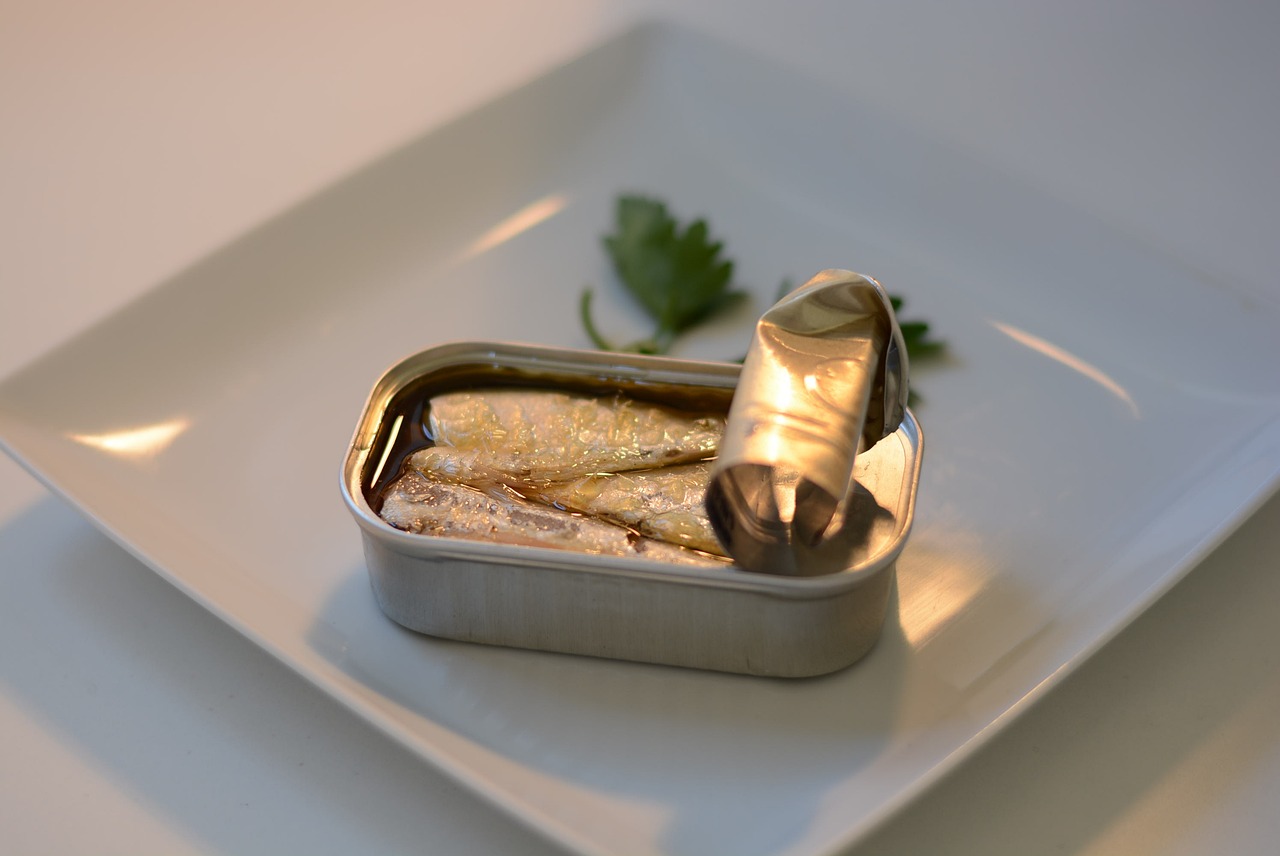 Image by Lola Rudolphi from Pixabay
Image by Lola Rudolphi from Pixabay
5. Balut (Philippines)
This Filipino street food is not your average egg. Balut is a fertilized duck egg with a nearly-developed embryo inside, boiled and eaten in the shell. Often served with salt, chili, and vinegar. It’s a common sight at Filipino markets and is hailed for its high protein content.
6. Bird's Nest Soup (China)
Ever thought of eating a bird’s nest? Well, in China, it’s a delicacy. The nest is made from the saliva of swiftlets and, when dissolved in water, forms a gelatinous texture. This soup is considered a luxury item and is believed to offer health benefits. It's a unique blend of oceanic and subtly sweet flavours.
7. Huitlacoche (Mexico)
Huitlacoche, also known as corn smut, is a mold that grows on maize, turning the kernels into swollen, grayish-blue lumps. It's harvested and cooked into a dish that’s earthy, mushroom-like, and utterly delicious. You’ll often find it in tacos, quesadillas, and soups.
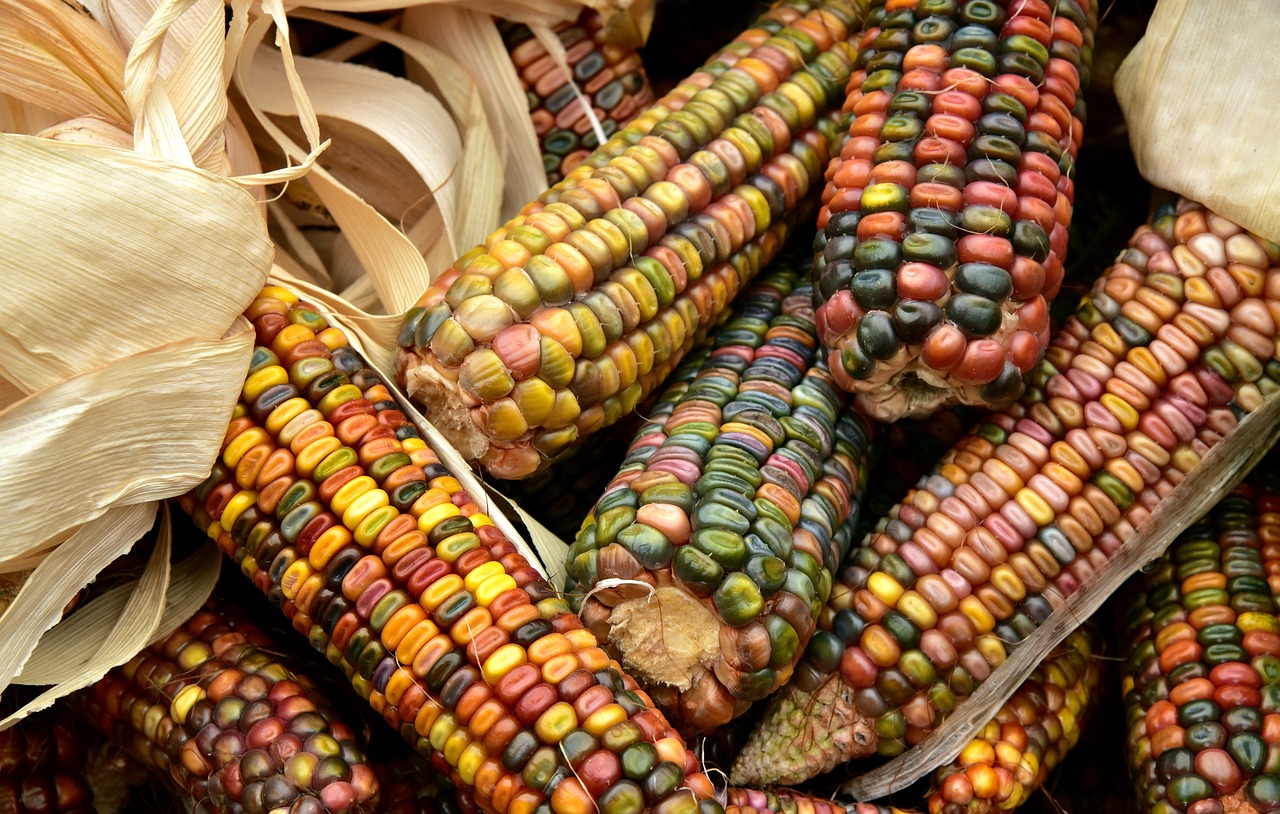 Image by Leopictures from Pixabay
Image by Leopictures from Pixabay
8. Durian (Southeast Asia)
Ah, durian, the king of fruits and the bane of hotel lobbies across Southeast Asia.
This spiky fruit is famous for its potent smell, which some compare to rotten onions or gym socks. But its creamy, custard-like inside is sweet and rich, winning many fans. It’s a love-it-or-hate-it kind of fruit, often banned in public spaces because of its smell.
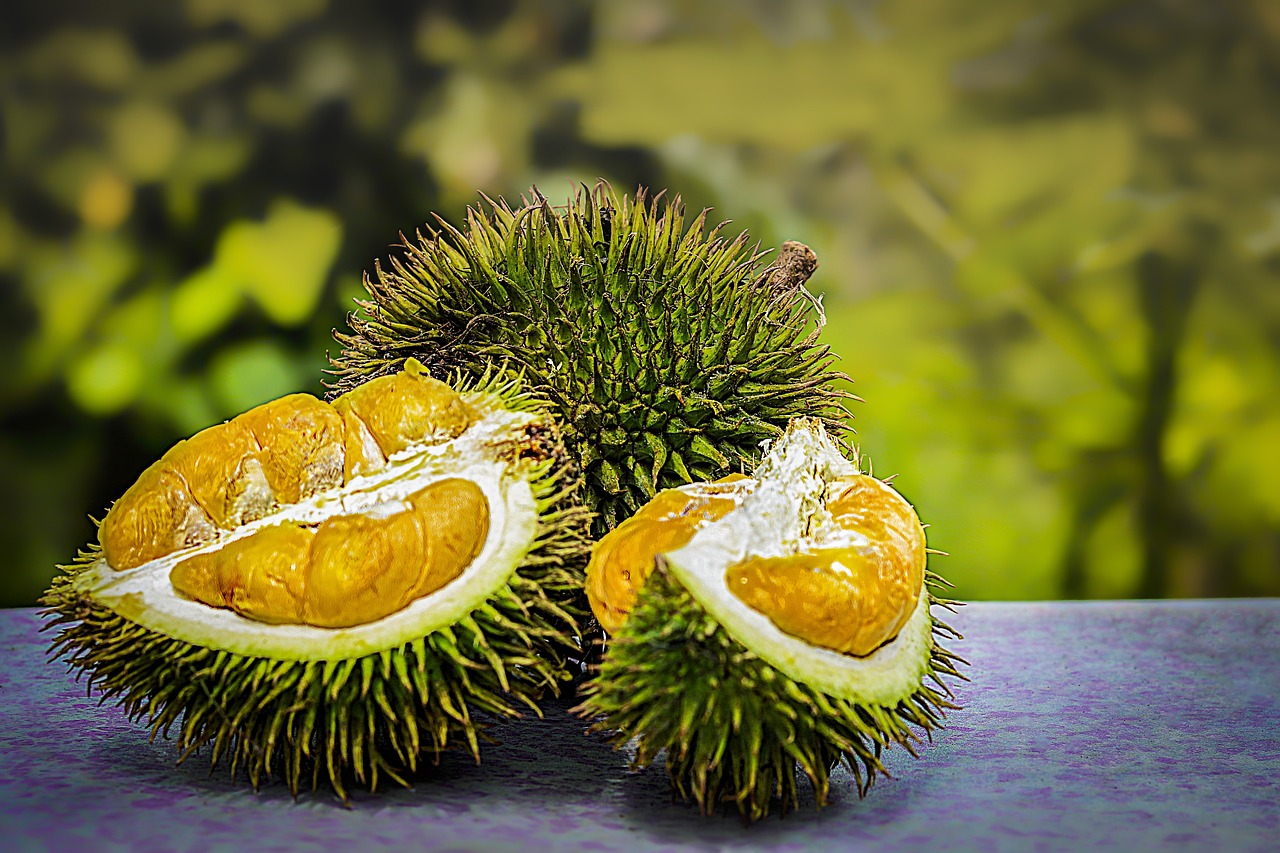 Image by 🆓 Use at your Ease 👌🏼 from Pixabay
Image by 🆓 Use at your Ease 👌🏼 from Pixabay
9. Rocky Mountain Oysters (USA)
These aren’t oysters from the Rocky Mountains, but rather, bull reproductive organs. They’re often breaded and fried, resulting in a crunchy exterior and a tender interior. This cowboy delicacy is a testament to the ‘waste not, want not’ philosophy of the old West.
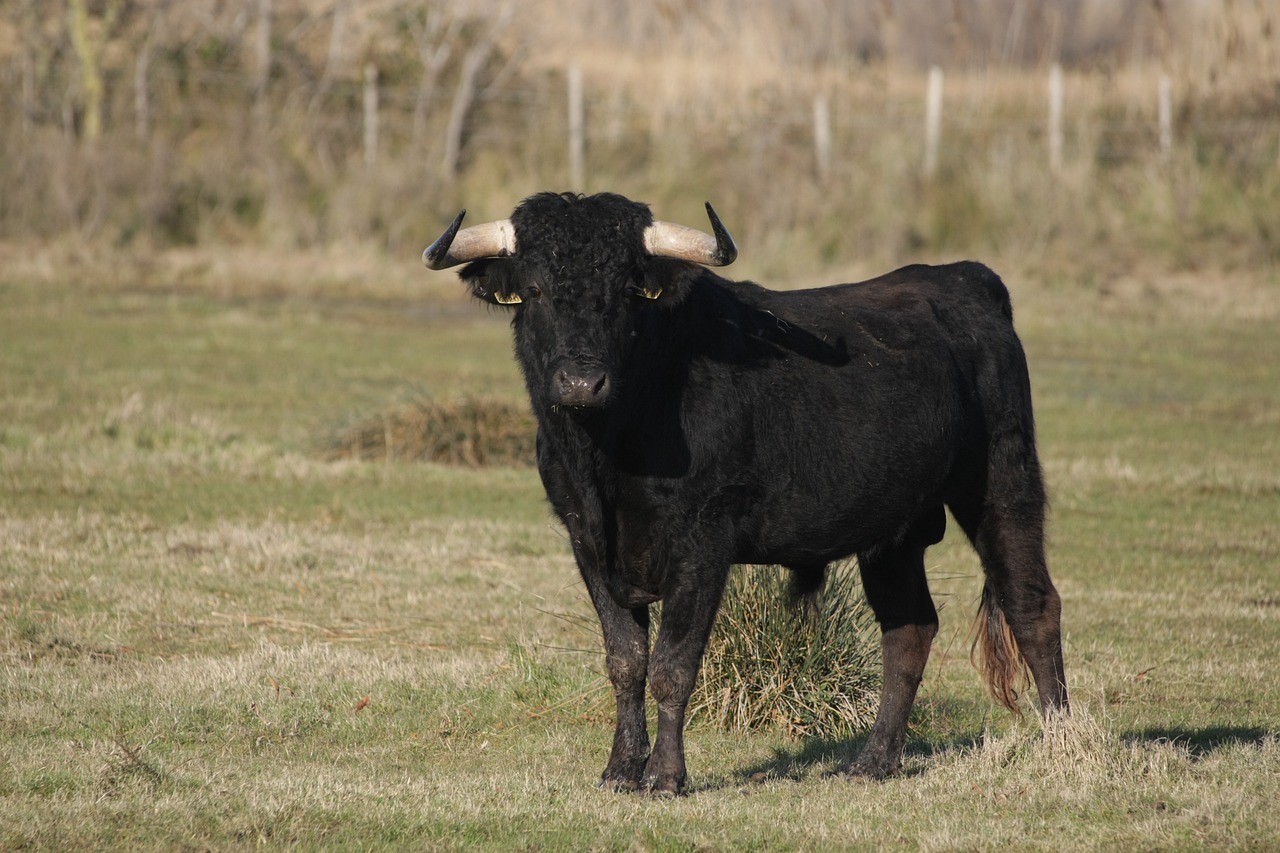 Image by RobertTrzaska from Pixabay
Image by RobertTrzaska from Pixabay
10. Century Egg (China)
A century egg isn't really a hundred years old, but it’s still a fascinating culinary creation. Preserved in a mixture of clay, ash, and quicklime for several months, the egg takes on a creamy, cheese-like texture and a strong flavour. It's a common component in Chinese cuisines, often sliced and served with pickled ginger.
 Image by Erika Varga from Pixabay
Image by Erika Varga from Pixabay
11. Fugu (Japan)
Fugu, or pufferfish, is a Japanese delicacy that’s as dangerous as it is delicious. This fish contains tetrodotoxin, a potent poison, and must be prepared by licensed chefs. When done right, it’s a sublime experience, offering a uniquely delicate and clean flavour. It’s often served as sashimi or in a hot pot.
 Image by Kevin Yi from Pixabay
Image by Kevin Yi from Pixabay
12. Kopi Luwak (Indonesia)
Coffee connoisseurs, here’s a brew with a backstory. Kopi Luwak is made from coffee beans that have been eaten and excreted by the civet, a cat-like creature.
The process is believed to give the coffee a smoother, richer flavour. It's one of the world's most expensive coffees. Just maybe don't think too hard about its journey from bean to cup.
13. Stargazy Pie (England)
This traditional Cornish pie is as whimsical as it is tasty, with fish heads poking out of the crust as if gazing at the stars. The pie is filled with pilchards or sardines, eggs, and potatoes, making it a hearty meal. It's a celebration of local fishing traditions and a testament to the playful spirit of British cuisine.
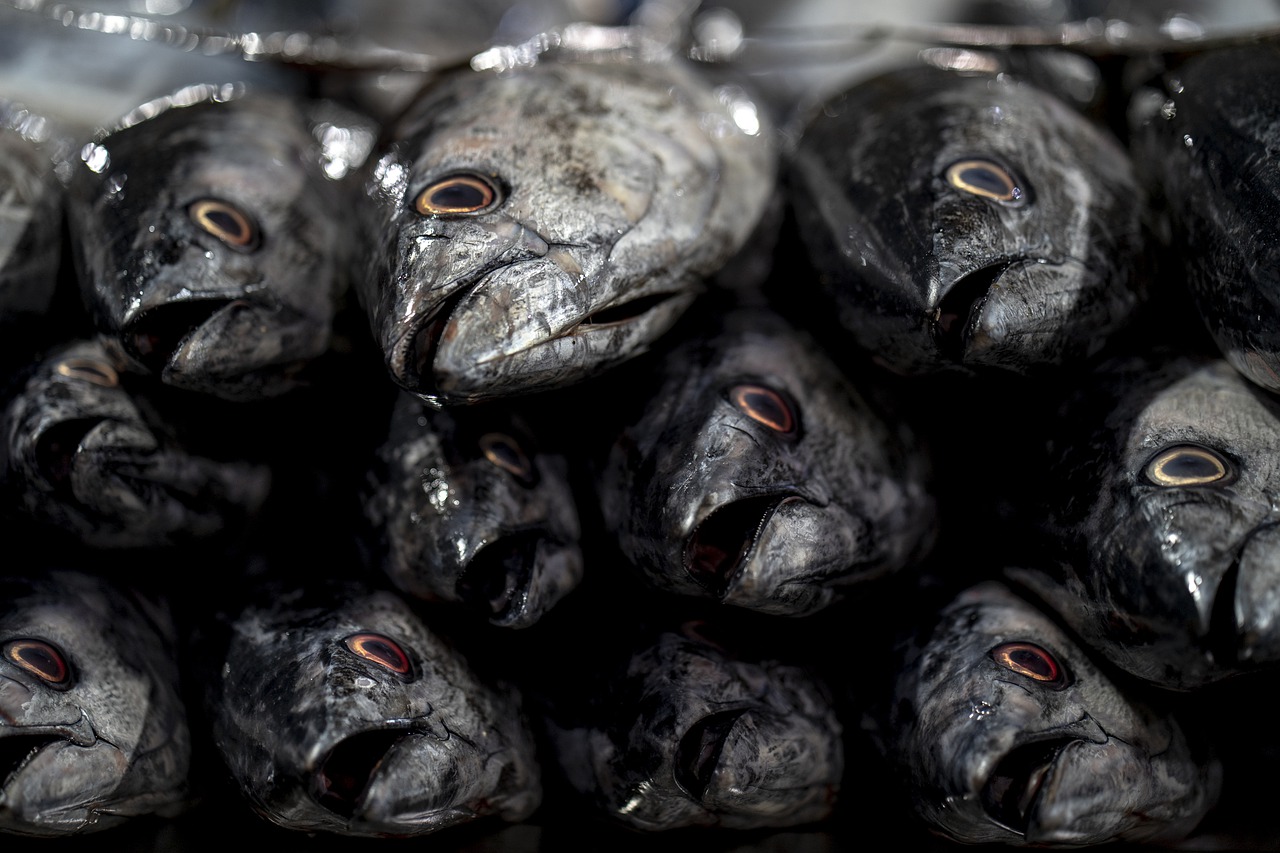 Image by Akbar Nemati from Pixabay
Image by Akbar Nemati from Pixabay
14. Escamoles (Mexico)
Escamoles might look like rice, but they’re actually ant larvae harvested from the roots of agave plants. These tiny delicacies are often referred to as ‘insect caviar’ and are a staple in Mexican cuisine. They have a buttery, nutty taste and are usually sautéed with butter and spices. Escamoles offer a crunchy texture and are often served as a taco filling.
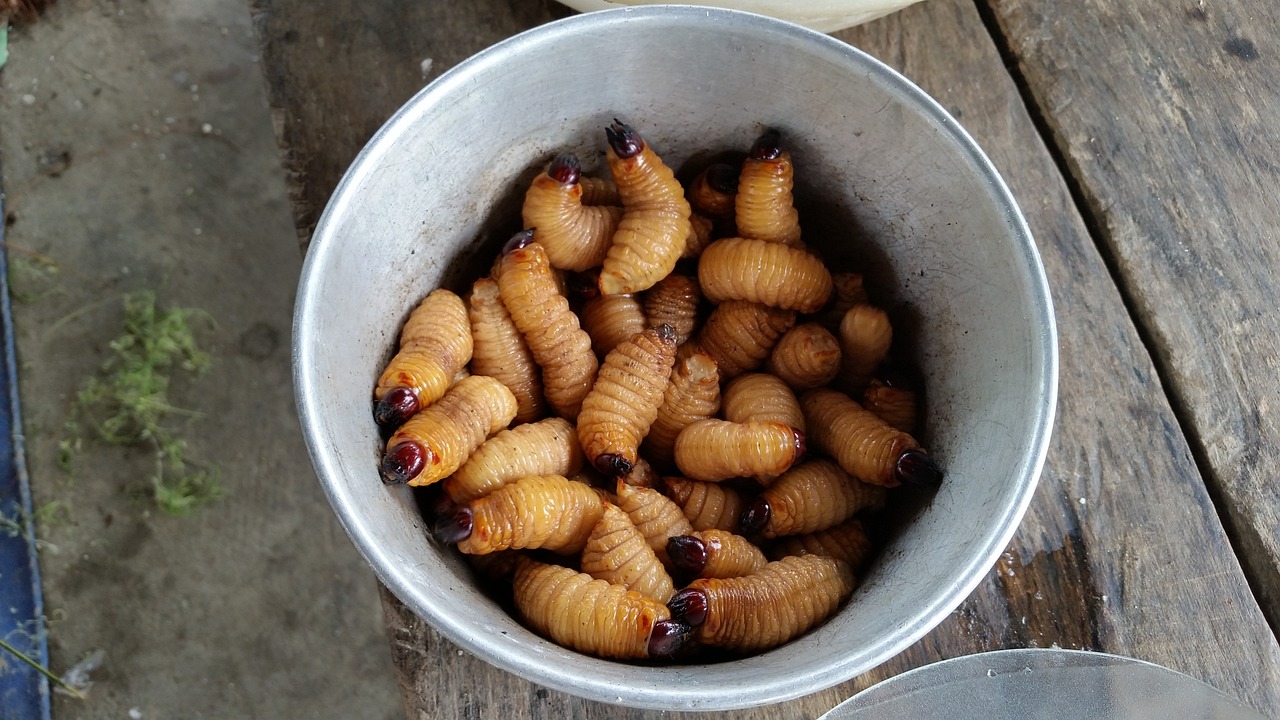 Image by avocado876 from Pixabay
Image by avocado876 from Pixabay
15. Yak Reproductive Organ (China)
You read that right. In China, yak *reproductive organ* is considered a delicacy and is often served in high-end restaurants. It’s usually prepared by steaming or stir-frying and is believed to have medicinal properties. The texture is chewy and the taste is quite mild, often enhanced with a variety of sauces.
 Image by Hobby_Photographer from Pixabay
Image by Hobby_Photographer from Pixabay
16. Lutefisk (Norway)
Lutefisk is dried whitefish, usually cod, rehydrated through a series of soakings in lye and water. The result is a jelly-like consistency with a very mild, somewhat soapy flavour. It's traditionally eaten around Christmas and is a true test of Nordic culinary endurance. Lutefisk is often served with butter, bacon, or pea stew.
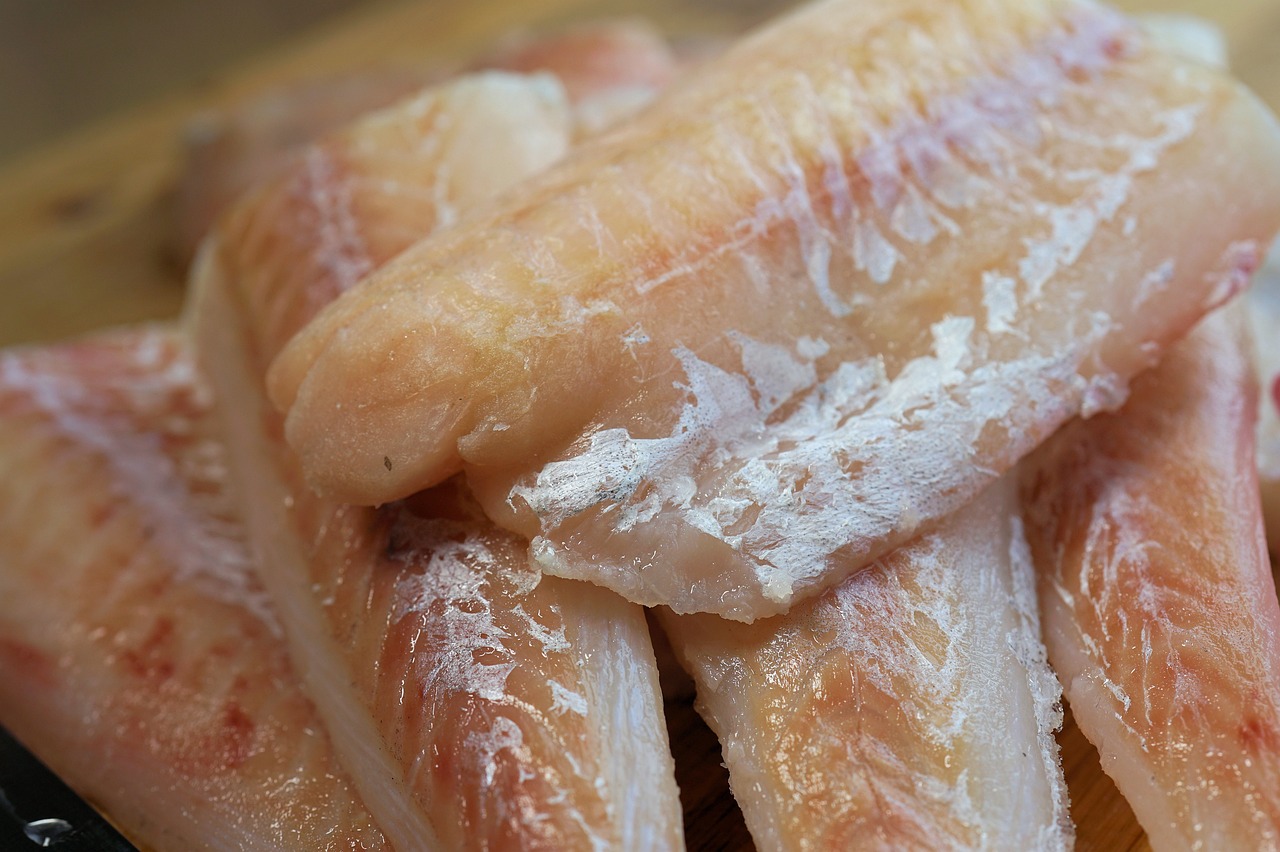 Image by Andreas Lischka from Pixabay
Image by Andreas Lischka from Pixabay
17. Mopane Worms (Southern Africa)
Mopane worms are large caterpillars that are a vital source of protein in Southern Africa. They are typically dried or smoked and can be eaten as a crunchy snack or rehydrated and cooked in a sauce. Their taste is often compared to chicken, and they're an eco-friendly alternative to traditional meat sources.
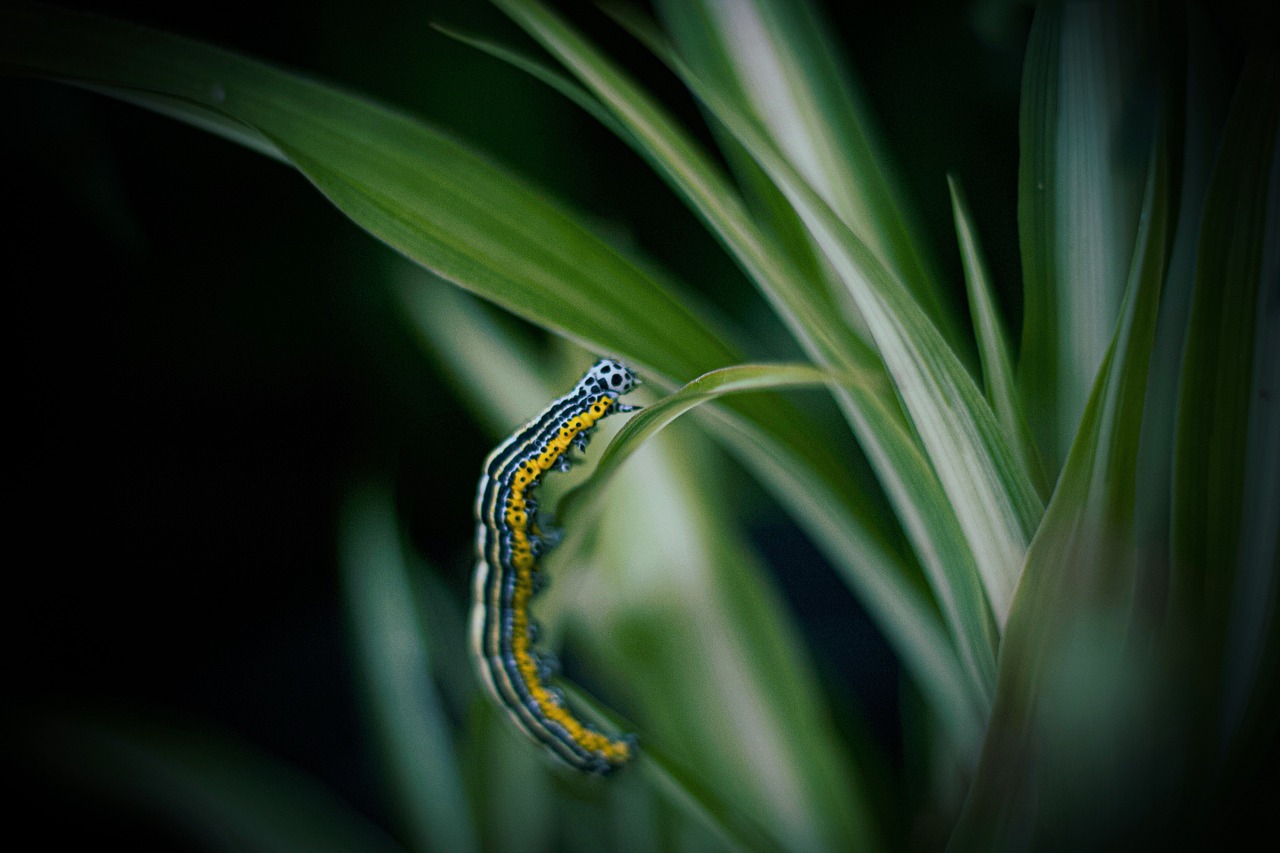 Image by Delphine Chomel from Pixabay
Image by Delphine Chomel from Pixabay
18. Sannakji (Korea)
Sannakji is a Korean dish featuring live octopus. The small octopus is cut into pieces and served immediately, often still wriggling on the plate. It's usually seasoned with sesame oil and seeds, offering a fresh and slightly sweet taste. Just be careful – the suction cups can stick to your mouth or throat if not chewed properly.
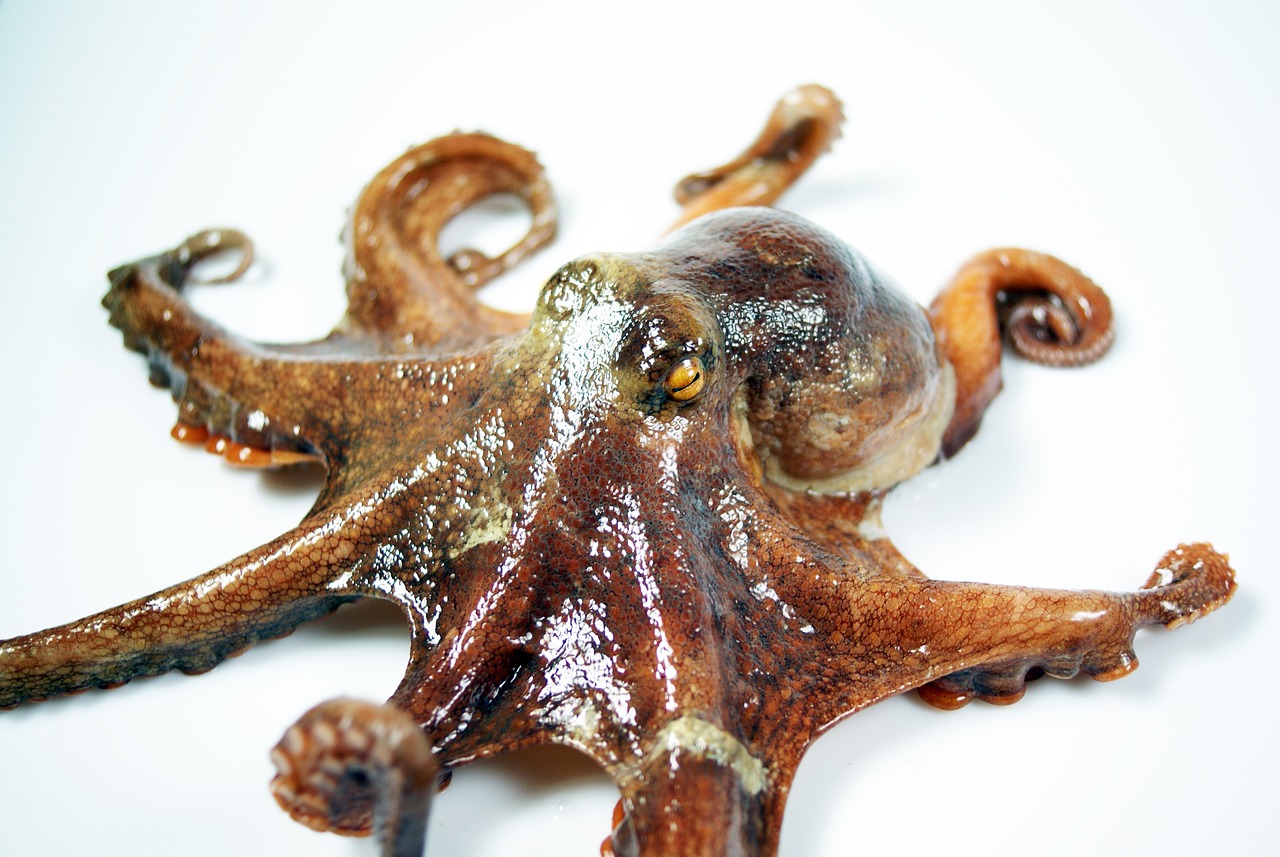 Image by seok gyu kang from Pixabay
Image by seok gyu kang from Pixabay
19. Fried Brain Sandwiches (USA)
Once a common dish in the central United States, fried brain sandwiches are now a rarity. They’re made from sliced calf or pig brains, battered and deep-fried. The texture is creamy, similar to scrambled eggs, and they're usually served on hamburger buns with various condiments.
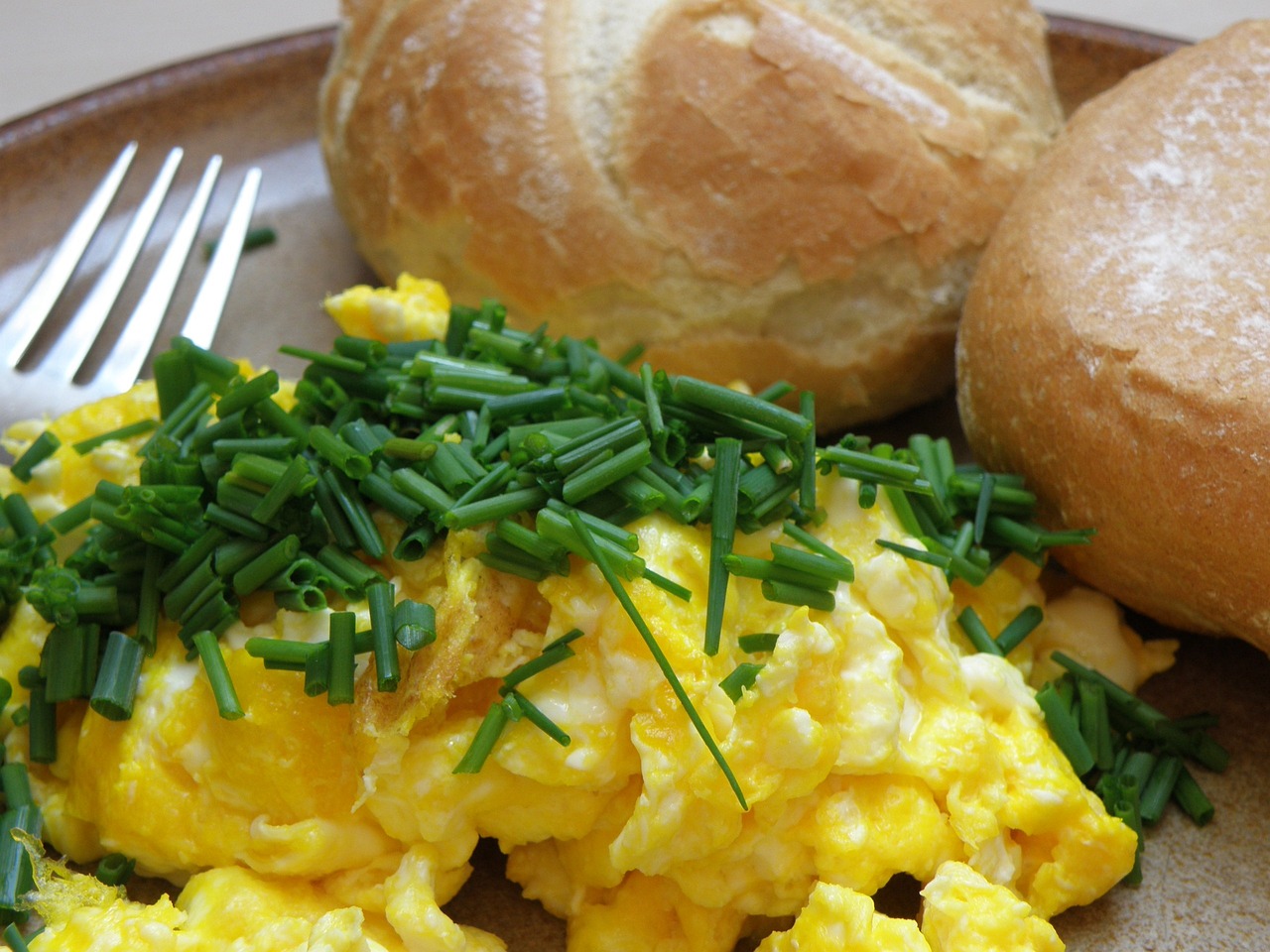 Image by Markéta Klimešová from Pixabay
Image by Markéta Klimešová from Pixabay
20. Guinea Pig (Peru)
In Peru, guinea pig, or cuy, is a traditional dish served whole and often roasted. It’s a staple protein source in the Andes and is known for its tender and flavourful meat. Cuy is usually seasoned with local spices and served with potatoes and corn.
 Image by Ilona de Lange from Pixabay
Image by Ilona de Lange from Pixabay
21. Tong Zi Dan (China)
Yong Zi Dan, or "virgin boy eggs", are a traditional dish in Dongyang, China. These hard-boiled eggs are cooked in the urine of young boys, believed to impart health benefits. The eggs have a salty, slightly pungent taste and are a springtime delicacy.
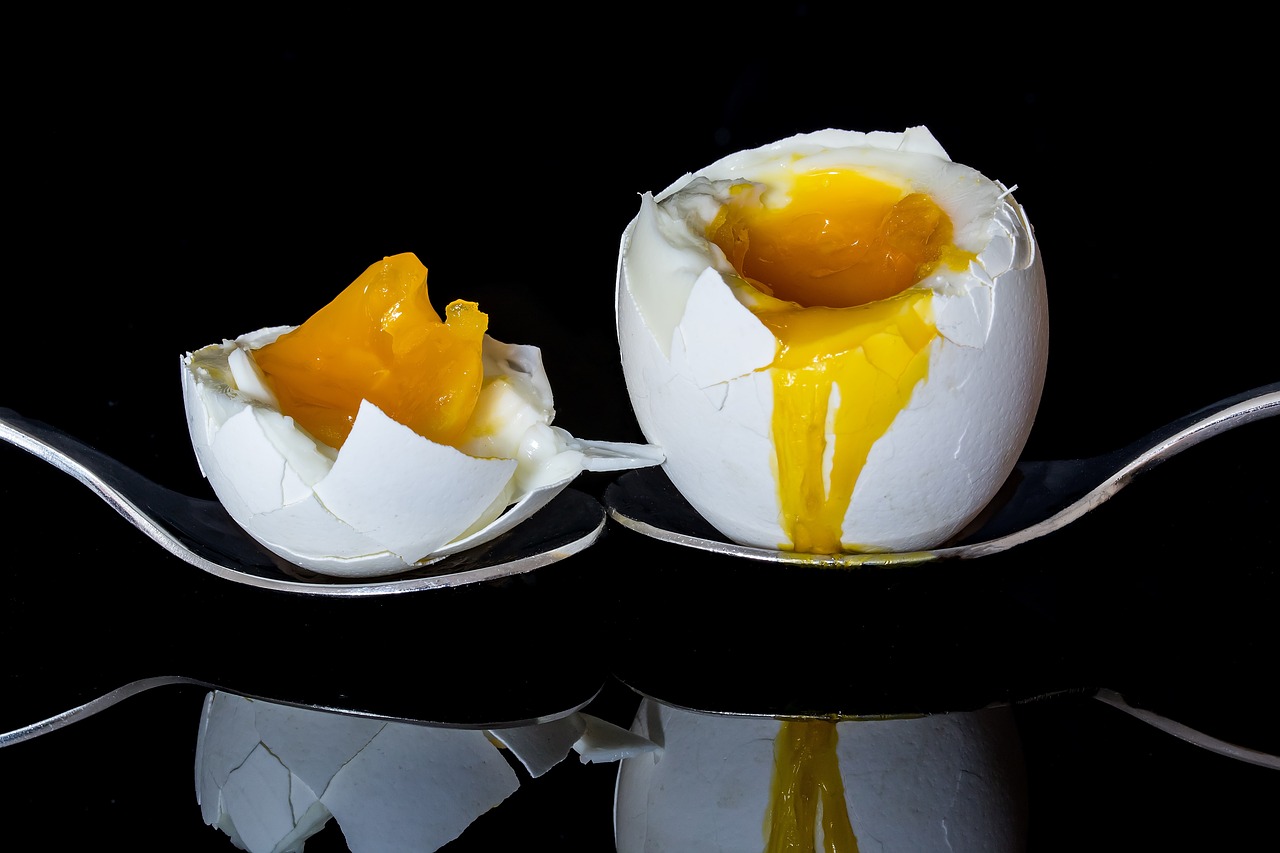 Image by Myriams-Fotos from Pixabay
Image by Myriams-Fotos from Pixabay
22. Fried Rattlesnake (USA)
In the American Southwest, rattlesnake meat is a unique delicacy. The snake is skinned, gutted, and cut into pieces before being battered and fried. It’s often described as tasting similar to fried chicken but with a more gamey flavour. Rattlesnake meat is lean and high in protein, making it a healthier alternative to traditional fried foods.
 Image by Ray Shrewsberry • from Pixabay
Image by Ray Shrewsberry • from Pixabay
23. Puffin Heart (Iceland)
The heart of the puffin is sometimes eaten raw and still warm, considered a delicacy. It's a traditional Icelandic dish with a rich, gamey flavour, reflecting the country's long-standing reliance on seabirds for sustenance.
 Image by Dave Hostad from Pixabay
Image by Dave Hostad from Pixabay
24. Wasp Crackers (Japan)
These are not your average crackers.
In Japan, wasp crackers contain real digger wasps, which are mixed into the cracker dough before baking. The wasps offer a crunchy texture and a distinct taste, adding protein to every bite.
25. Jellied Moose Nose (Canada)
In parts of Canada, jellied moose nose is a traditional dish. The nose is boiled with onions and spices, then sliced and set in a jelly made from the cooking broth. It's often served cold and sliced. This dish is a part of Canada's culinary heritage, particularly among indigenous and northern communities.
KEEP ON READING

The Most Popular Signature Dishes Around the World




